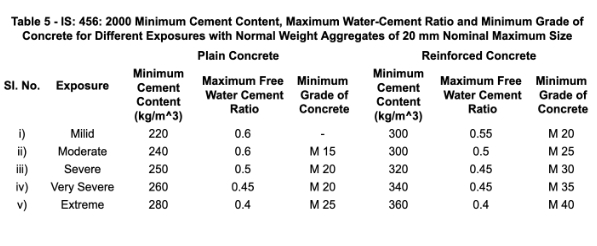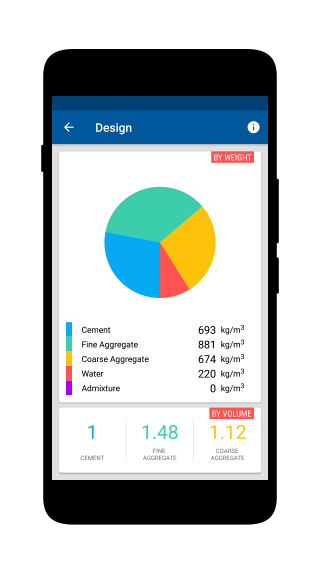In any concrete mix design it is very important to consider the exposure condition for an efficient and durable design, as it effects the entrapped air concentration and moisture content.
Lets consider an example of country India. The different part of the country has different exposure conditions that affect the concrete’s durability. Moving from North to South the environmental condition varies drastically.
For an efficient and durable concrete mix design, One should consider the effect of exposure/ environmental condition.
Andaman and Nicobar Islands a beautiful part of India, it is surrounded by water bodies. Thus it becomes necessary to consider the exposure condition as “severe to very severe.” As in this area most of the area is exposed to sea water and because of that corrosion is a major problem.
As per IS -456:2000 for PCC and RCC, five exposure conditions are classifications, namely, mild, moderate, severe, very severe, and extreme.
Different Exposure Condition as per IS- 456: 2000
| Exposure | Surface |
| Mild | * Protected against weather or aggressive conditions |
| Moderate | * Sheltered from severe rain or freezing whilst wet. * Underwater continuously or buried under non-aggressive soil/groundwater |
| Severe | * Severe rain, alternating wetting, and drying. * Occasional freezing whilst wet or severe condensation |
| Very Severe | * Exposed seawater spray, corrosive fumes, or severe freezing conditions whilst wet. * In contact or buried under aggressive subsoil/groundwater. |
| Extreme | * In the tidal zone. * Members in contact with liquid/solid aggressive chemicals. |
The mix ratio varies drastically depending on the water cement ratio and exposure condition. The maximum water-cement ratio should be selected as per Table 5 of IS – 456: 2000:

As from the table it is evident that the water – cement ratio varies from 0.6 to 0.4 depending on the exposure condition and grade of concrete. For plain concrete the allowed range of concrete grade is less than M 25 and this is not the case with reinforced concrete. If the concrete surface is exposed to sea water then the minimum grade of concrete to be used is M35 (as shown in the above Table 5 IS- 456:2000). But when we are going for a plain concrete and the concrete is exposed to sea water then the minimum grade of concrete is M20 and in such cases the maximum grade of concrete is M25.
Concrete Mix Design
- Calculate cement, sand and aggregate quantity in concrete.
- Calculate the number of premix bags required for your project.
- Option to set your own size and rate of premix bags.
- Calculate the volume of concrete required for slabs, walls, footings and columns.
- Calculate the weight of ingredients required for preparing the calculated volume of concrete.

For detailed Mix Design Procedure, go and check this post : “Concrete mix design procedure as per IS 10262:2009 & IS 456:2000.”
Take some time to go through these posts…….
You can find the detailed design procedure of concrete mix for different concrete mixes, in the previous mixes:
1 thought on “Why Exposure Condition In Concrete Mix Design”